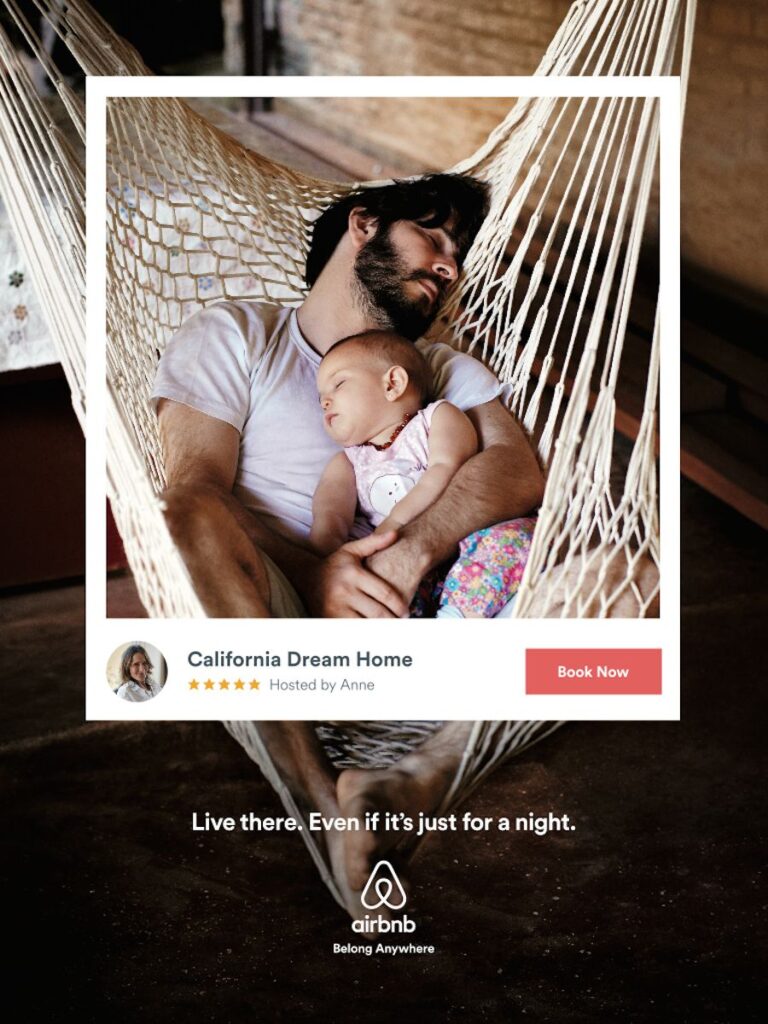When most people think of a brand, they picture a logo—a visual emblem that represents a company.
But a brand is much more than just a logo. A robust brand identity contains the essence of what a company is and the experience it provides to its audience.
Below, we explore the various components that build a brand identity, along with industrial examples that illustrate each aspect, making it clear that a brand is a living entity.
1. Brands should create an Emotional Connection with their audience
Your brand’s emotional bond with its audience is key.
Brands that evoke strong emotional responses tend to forge deeper connections with their customers.
Coca-Cola has mastered this with its “Share a Coke” campaign. By replacing its logo with popular names on bottles, Coca-Cola made customers feel personally involved, triggering emotions of sharing and community.

2. Brands should create the experience
A brand is how it makes people feel during every interaction.
Creating memorable experiences is fundamental to successful brands.
Airbnb excels at this, curating personalized stays by showcasing the real stories of hosts and guests.
This experience turns a simple rental into a moment of hospitality and belonging.

3. Maintain the Reputation
Your brand’s reputation is built over time, through every touch point
A stellar reputation speaks volumes.
Zappos, an online retailer, became famous for its unparalleled customer service. By focusing on “delivering WOW” through service, it built a brand that consumers associate with trust and satisfaction.

4. Storytelling
A great brand tells a compelling story that resonates with its audience
#WeMove campaign stands out in how it narrates resilience and progress for the youth of Nigeria.
By tapping into this cultural sentiment, the brand connects its product to a story of overcoming adversity.

5. Brand Values
Your brand values shape its identity and create loyalty
Supporting causes that align with consumer values can strengthen brand loyalty.
Whereby a video conferencing platform planted trees for every meeting held on its platform during the pandemic, aligning its brand with environmental values.

6. Vision
Your brand’s vision inspires and attracts like-minded consumers
Nike‘s vision is to “bring inspiration and innovation to every athlete.” This clear, aspirational vision drives their iconic Just Do It campaigns, inspiring athletes to push boundaries.

7. Communication Style
Consistency in communication builds trust and recognition
Google exemplifies clear and simple communication. Its mission to “organize the world’s information” is reflected in its straightforward and transparent messaging, making it one of the most trusted brands.

8. Differentiation
What makes your brand stand out?
Drift created a new category—conversational marketing—separating itself from typical customer support tools and engaging in a new market. This ability to redefine an industry is the ultimate form of differentiation.

At its core, brand identity is a holistic construct. It’s the emotional response, the lasting impression, and the reputation that extends beyond just a product or service.
Strong brand identities are carefully crafted and evolve with their audience, creating a sense of belonging and loyalty that transcends transactional relationships.
To make your brand stand out:
- Align your mission with your audience’s values.
- Foster positive emotional connections.
- Share authentic stories that resonate deeply.
By doing this, your brand becomes a living entity that customers feel a part of, not just a business they buy from.

A powerful brand identity can elevate a company from being just another name in the marketplace to becoming a part of consumers’ daily lives.
By focusing on emotional connections, clear communication, values, and authenticity, brands can create lasting relationships and build a reputation that stands the test of time.